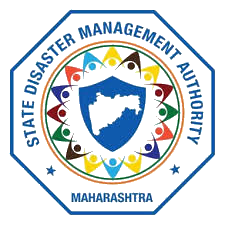Irshalwadi Landslide Case Study
On 19 July 2023, several residents of the Irshalwadi village in Raigad district lost their lives due to a massive landslide. The response and relief measures that followed the event were documented. This incident highlights the opportunity to learn valuable lessons to prevent future disasters. The document emphasizes the need for early preparatory measures, improved infrastructure, strict settlement regulations, regular hazard mapping, monitoring of landslide indicators, and training NGOs and volunteers to enhance disaster preparedness and response in Maharashtra.
Irshalwadi Landslide Case study [PDF- 2MB]
Kharghar Heatstroke Case Study
The Maharashtra Bhushan Award conferring program was held at Kharghar in Navi Mumbai on 16 April 2023. During this event, multiple people suffered from prolonged exposure to heatwave leading to heat exhaustion and sunstroke. This incident highlights the opportunity to learn valuable lessons to prevent future disasters. The document highlights the need for strict adherence to heatwave warnings, careful planning of public events, protection of vulnerable groups, improved infrastructure, and the use of technology to enhance safety and discourage outside travel during heatwaves in Maharashtra.


